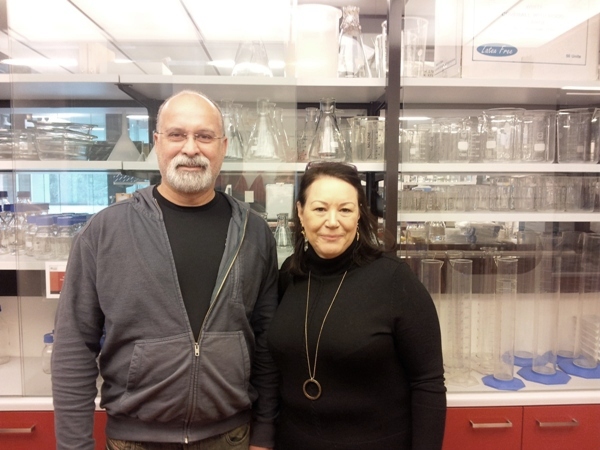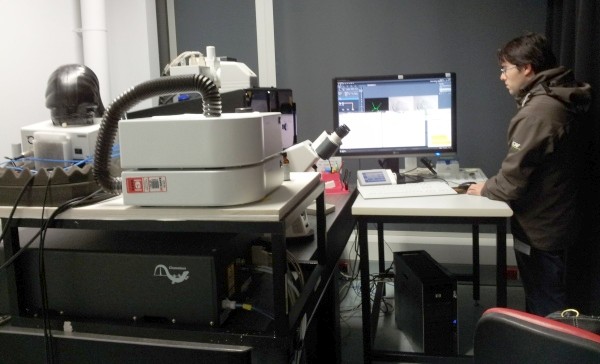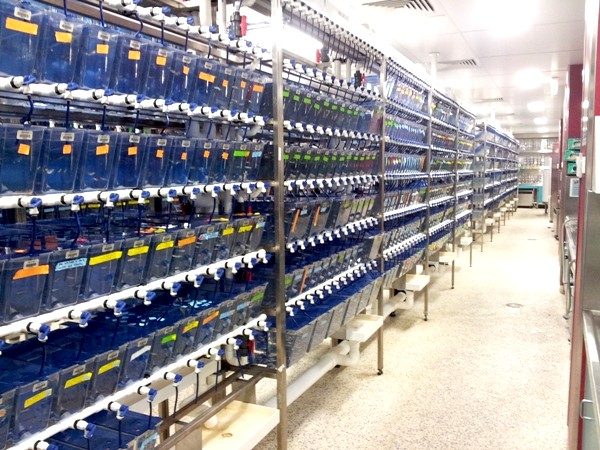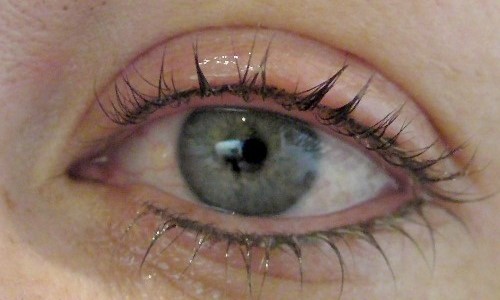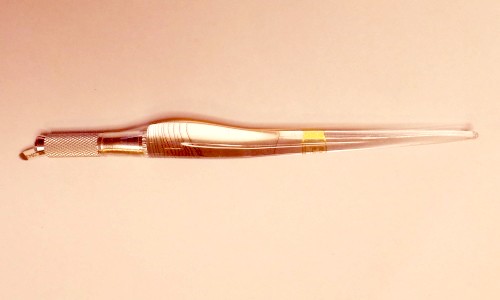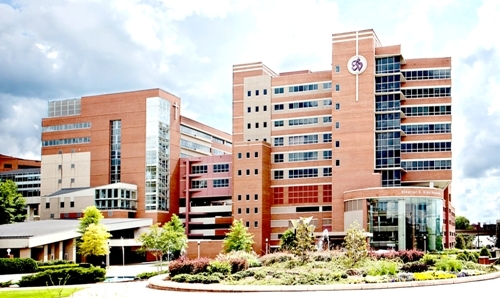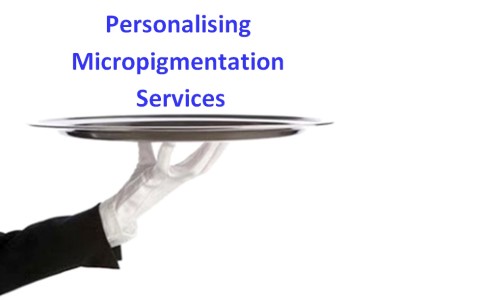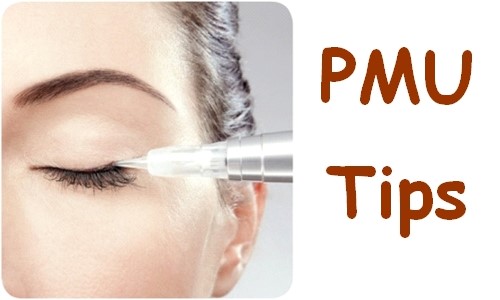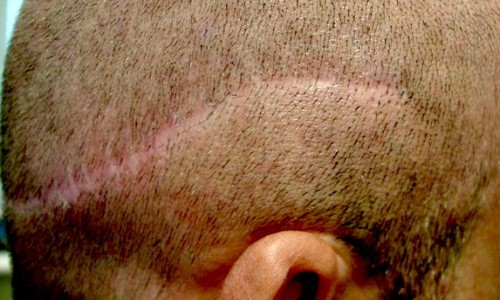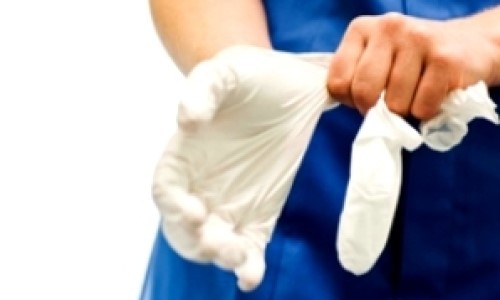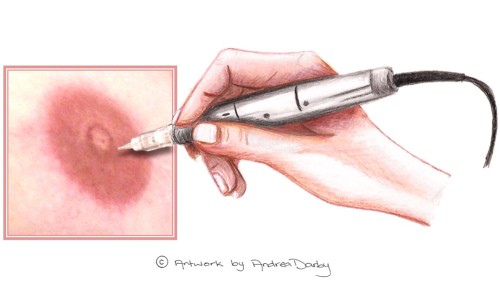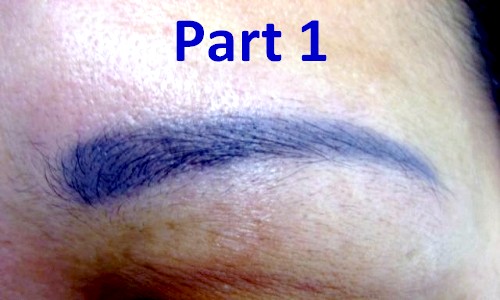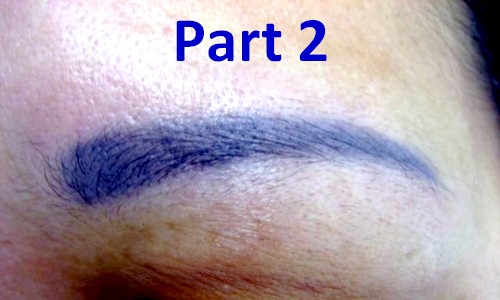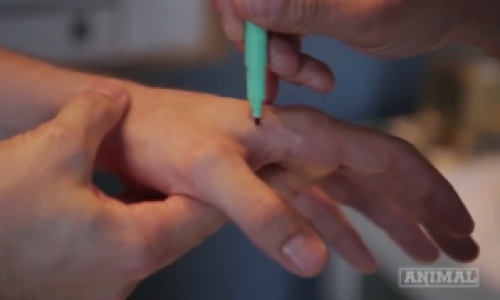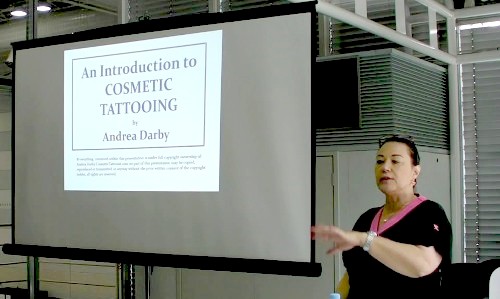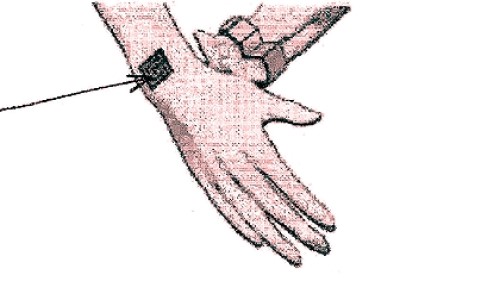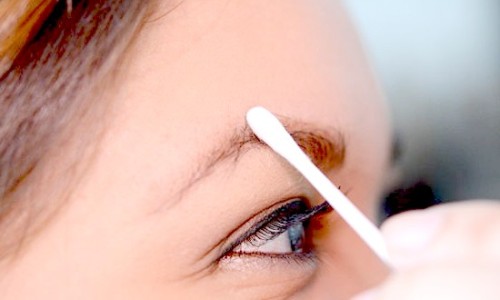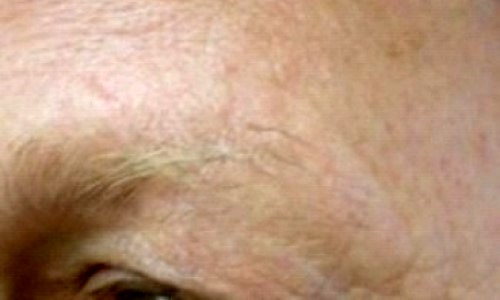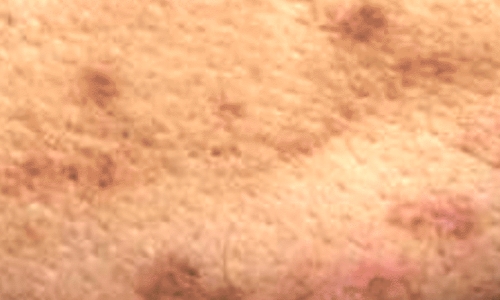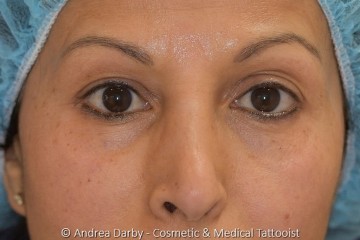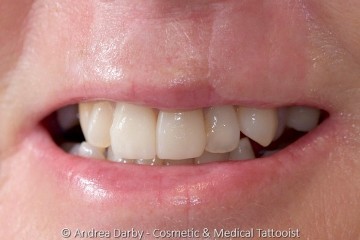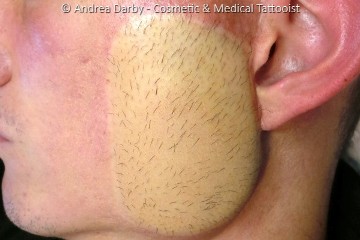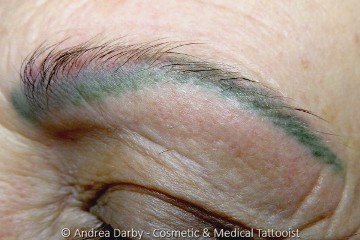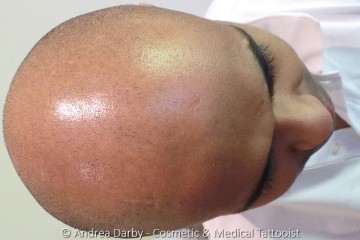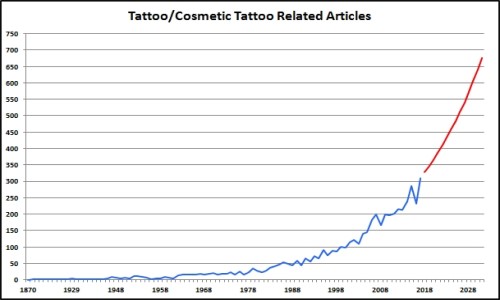Cart is empty
Stem Cell Research - Inside the Lab
03/06/2013
by Andrea Darby - Master Medical Tattooist & Industry Educator
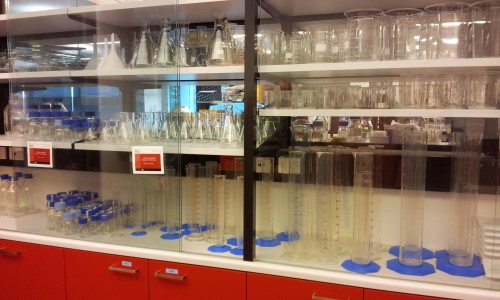
ParaMedical Tattooists are often asked to provide a Cosmetic/Camouflage services for clients in situations where the various medical treatment options have been exhausted, meanwhile back in the lab scientists are looking for more permanent solutions.
▼ Continue Reading ▼|
Most Medical/Para-Medical Tattooists have some interaction with the medical profession in relation to the clients/patients that we see but primarily our role is to provide cosmetic/camouflage options in situations where the options for medical treatment have been explored by the patient and the medical options were either inadequate or unsuitable for the needs of the patient. As an experienced Medical Tattooist I often refer clients to their doctor or to a cosmetic physician in circumstances where I feel that the client has not adequately explored medical treatment options or because the situation is outside of my own expertise. Equally various members of the medical profession often refer patients to me when the options for medical treatment have been exhausted and Medical Tattooing or Medical Camouflage Makeup is considered to be the best available alternative option for the patient. Cosmetic & Medical Tattooing are very intimate services, clients are sometimes so overwhelmed with emotion due to the changes in their appearance after a treatment that they become tearful and ask if they can hug me or feel the need to bring a gift on their next visit to express their gratitude, I am sure that health professionals experience the same from patients whom they have helped. Behind the scenes there are a groups of incredible people working in research laboratories searching for ways to help others, often these scientists never have any contact with the patients who are the beneficiaries of their years of dedicated hard work. In fact most people never have any contact with research scientists other than reading about their accomplishments in journals and news articles. There are some key areas of medical research that hold the promise of dramatic advancements in treatment and prevention of some of diseases that have eluded conventional medicine, in particular stem cell research holds the promise for a broad range of conditions including leukaemia, cancer, Parkinson's disease, spinal cord injuries, multiple sclerosis, androgenic alopecia, vitiligo and a range of auto-immune diseases to name but a few. Stem cells are found in all but the smallest single cell organisms and they are capable of dividing via mitosis (split into two identical cells) and then differentiating into a very diverse range of specialised cells that perform discrete functions within the body. During our early development in the womb embryonic stem cells help create our specialised organs and other body structures, during adulthood our blood, bone marrow and fat tissue all contain stem cells which together with progenitor cells help regenerate, repair and restore those parts of our body that require constant maintenance. In 2012 Shinya Yamanaka from Japan won the joint Nobel prize in the category of 'Physiology or Medicine' with the invention of induced pluripotent stem cells (iPS cells). Yamanaka discovered that any cell from the body could potentially be placed into a reverse stage of their evolution by using genetic engineering, the result is that any cell could potentially be converted into an embryonic-like stem cell. The hope is those cells could then be manipulated to form any other cell in the body perhaps leading to groundbreaking treatments for a plethora of conditions and treatments for debilitating injuries. Even the cosmetics industry has become excited about the potential use of stem cell research with the inclusion of extracts of the rare Swiss apple Uttwiler Spatlauber in high end exclusive new facial creams. It was discovered that the apple, which was well-known for its excellent storability, had high levels of plant stem cells in the region of the skin and the cosmetic industry quickly began cultivating this rare variety of apple for use in skin protective and anti-aging preparations. To gain a deeper understanding of how stem cells evolve and differentiate scientists have been studying various members of the plant and animal kingdom in an effort to learn the mechanisms at work within the tiny inner world of the cell using all the tools available within the field of molecular biology. Australia has been at the forefront of the scientific research in this area, notably the European Molecular Biology Laboratory Australia (EMBL) which is the hub of the Australian Regenerative Medicine Institute at Monash University, has teams of dedicated scientists from several countries including the USA, United Kingdom, Germany, Spain, Cuba and of course Australia. It was not surprising that when Andrea Darby was invited to tour the EMB
Lab that I jumped at the chance to see the inner workings and speak with the scientists who work tirelessly to find small pieces of the puzzle that may lead to solutions to some of our most vexing problems. Juan Silva who is originally from Cuba and has worked in scientific research in both the USA and Australia explained how the EMBL teams are searching for clues as to what influences a stem cell to differentiate into different types of cells, their current focus is a natural protein named Oct-4 which is believed to be an intimate part of the stem cell evolutionary journey.
It was an absolute privilege to have the opportunity to thank them first hand for their dedicated work.
Date of most recent revision:
03/06/2013 (mutatis mutandis) Copyright © 2013 CTshop.com.au & the article author All Rights Reserved. No copying, transmission or reproduction of site content is permitted without our prior written consent.
Printing Restriction: This article is print disabled, please read our Intellectual Property & Copyright Policies if you would like to request a copy or permission to use the article content for any purpose. |
Main Menu
- Eyeliner Tattooing vs Dry Eye
- MicroBlading - First Things First
- Cosmetic Tattoo Training Standards
- Carcinomas in Tattoos a Statistical Anomaly
- Lash or Brow Growth Enhancing Serums & Tattooing
- What Influences the Colour of a Cosmetic Tattoo?
- Hygiene Protocols Update : Surface Cleaning Wipes
- Preventing & Managing Disputes
- Warm vs Cool Colours
- Age of The Alpha Metrosexual
- Who Will Buy a Poorly Iced Cake?
- Australia now has a Board Certified MicroPigmentation Instructor
- Robot Tattooists?
- Postcards From Birmingham
- The SCAPP Scale - Personalising the Micropigmentation Service
- How to Choose Your PMU Artist
- Scalp MicroPigmentation - More Than Just Ugly Scars?
- Permanent Eyeliner - Avoiding Complications
- Personal Protective Equipment - Are You Covered?
- 3D Nipple Tattooing a New Service?
- Why Do Cosmetic Tattoos Change Colour? - (Part 1)
- Why Do Cosmetic Tattoos Change Colour? - (Part 2)
- Smart Tattoos Are They The Future?
- Presentation: Adding Cosmetic Tattoo to Your Salon
- Cell Phone Vibrating Tattoos
- UK Survey - One Third Regret Their Body Art Tattoo
- Collaborating & Consulting with Dr. Linda Dixon
- Stem Cell Research - Inside the Lab
- When Marketing Via News Media Goes Wrong
- Client Pre-Treatment Screening Questionnaire
- Permanent Makeup Google Search Trends
- Potential Causes of Nosocomial Type Infections in the Salon-Clinic Setting
- Topical Anaesthetics & Cosmetic Procedures
- Introduction to the Fundamentals of Colour Perception
- Clients With Unexplained Loss of Outer Eyebrow Hair
- Hyperpigmentary Skin Conditions & Cosmetic Tattooing
- Cosmetic Tattooing & MRI’s - Diametric Particle Agitation Hypothesis (DPA)
Site News Selection
Educational Article Selection
Regulatory Article Selection
Client Case Studies Selection
Science Library Selection
Complete regrowth of hair following scalp tattooing in a patient with alopecia universalis
31/01/2023
Atypical Intraepidermal Melanocytic Proliferation Masked by a Tattoo: Implications for Tattoo Artist
20/09/2018
Chemical conjunctivitis and diffuse lamellar keratitis after removal of eyelash extensions
26/08/2018
Scarless Breast Reconstruction: Indications and Techniques for Optimizing Aesthetic Outcomes
07/04/2018
High speed ink aggregates are ejected from tattoos during Q‐switched Nd:YAG laser treatments
28/03/2018
Unveiling skin macrophage dynamics explains both tattoo persistence and strenuous removal
08/03/2018
Granulomatous Tattoo reaction with Associated Uveitis successfully treated with methotrexate
08/02/2018
Identification of organic pigments in tattoo inks & permanent make-up using laser mass spectrometry
07/02/2018
Microbiological survey of commercial tattoo and permanent makeup inks available in the United States
03/02/2018

